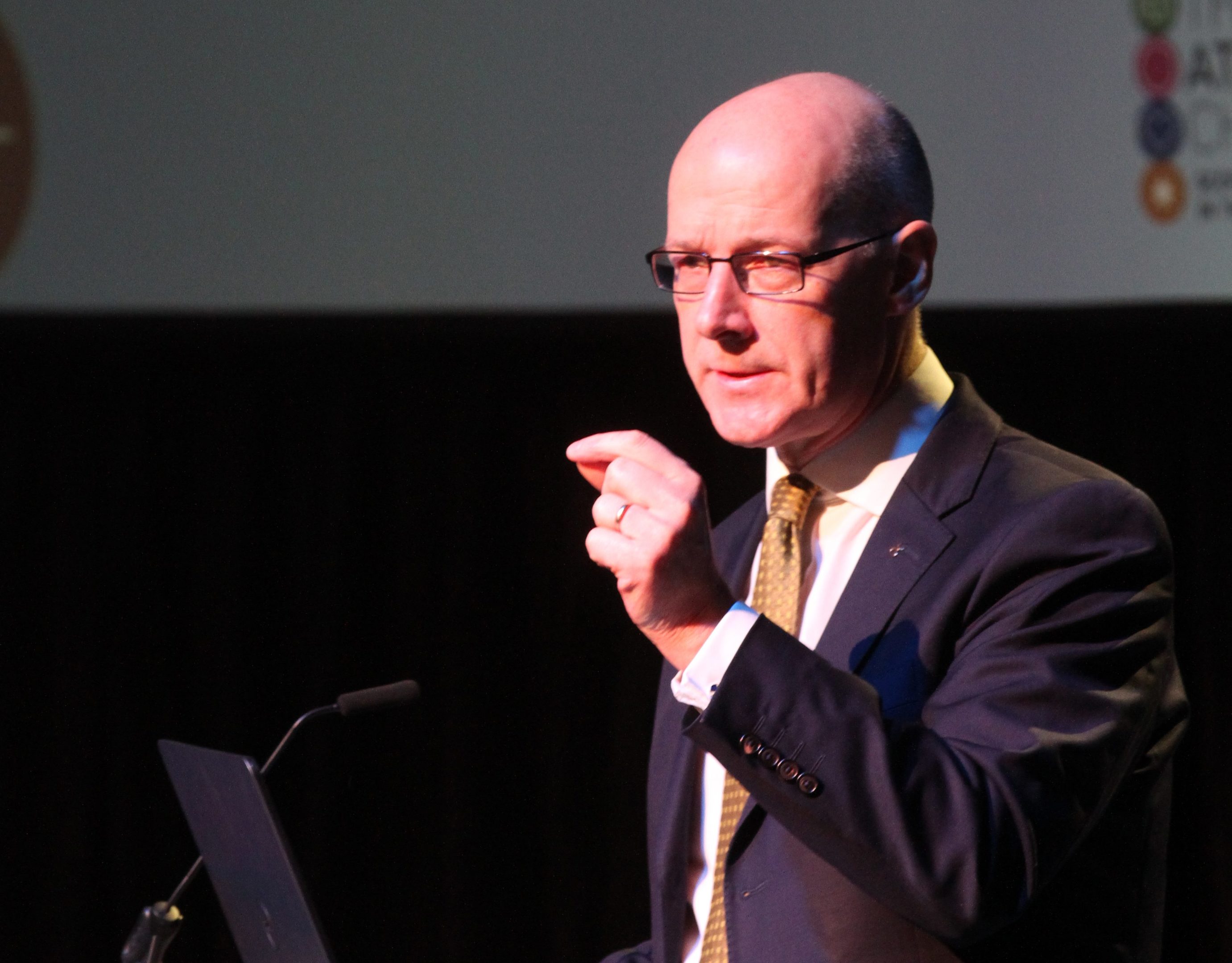
THE Scottish Government has been forced into a “major climbdown” on its controversial named-person policy, campaigners against the scheme said.
The No To Named Persons (N2NP) group said the reforms announced by Education Secretary John Swinney were “pointless and superfluous”, and “little more than a face-saving exercise”.
The campaign was involved in a legal challenge to the policy, which resulted in the Supreme Court ruling the data-sharing elements of the scheme were “‘incompatible” with the right to privacy and family life as set out in the European Convention on Human Rights (ECHR).
New legislation is now being brought forward by the Scottish Government that will replace parts of the existing Children and Young People Scotland Act of 2014.
Mr Swinney said this approach would require professionals acting as a named person to “consider whether sharing information would promote, support or safeguard the wellbeing of the child or young person”.
They will also have to consider whether sharing information would be compatible with data-protection law, human rights and the law of confidentiality, he added.
NO2NP spokesman Simon Calvert said: “However they try to spin it, this is a major climbdown by the Scottish Government.
“After two years of causing fear and confusion amongst parents, they are now conceding that they cannot lower the threshold for non-consensual disclosure of personal information on families.
“They are reverting to the existing threshold of ‘risk of harm’. It’s about time.”
Dr Gordon Macdonald, of Christian Action Research and Education (Care) Scotland, said: “The named-person scheme has been strongly criticised by both parents and leading professionals across all spheres of life – education, health and law enforcement.
“The Scottish Government must listen to the majority and not shoehorn in a proposal that is deeply unpopular and serves to undermine the role of parents in family life.”
Martin Crewe, director for children’s charity Barnardo’s Scotland, said: “We know from our service experience that many families need support from time to time.
“The named-person policy will mean that families know who to turn to for information, advice or assistance, and will ensure that families have access to help as early as possible.
“Barnardo’s Scotland has been involved in the development of the named-person policy over many years and we welcomed the opportunity to contribute to the recent period of engagement by the Deputy First Minister and minister for childcare and early years.
“We are pleased that the Scottish Government has listened to the organisations and individuals who shared concerns about information sharing and that ministers have found a way to address the issues highlighted by the Supreme Court, ensuring that the named-person policy can be implemented.”

Enjoy the convenience of having The Sunday Post delivered as a digital ePaper straight to your smartphone, tablet or computer.
Subscribe for only £5.49 a month and enjoy all the benefits of the printed paper as a digital replica.
Subscribe